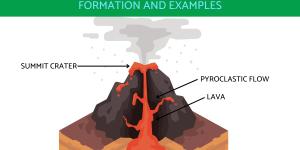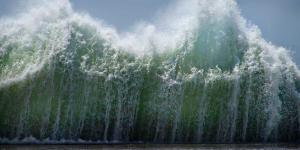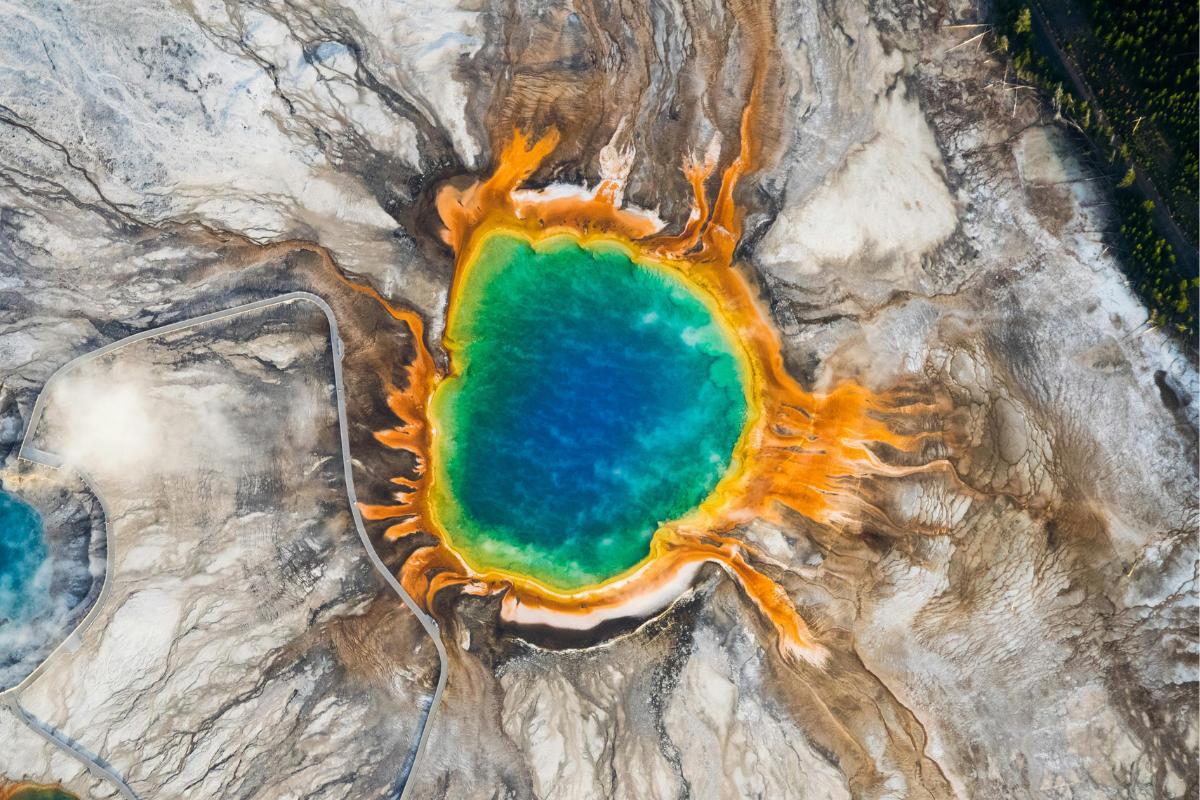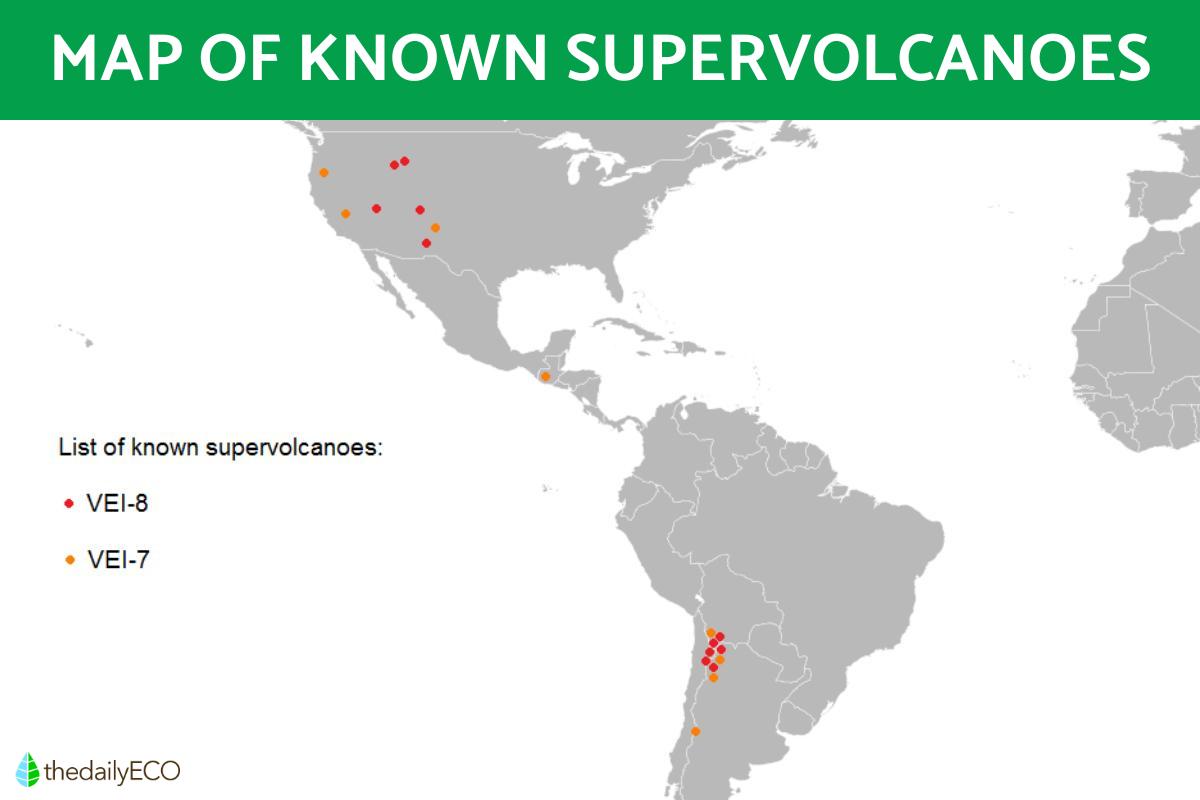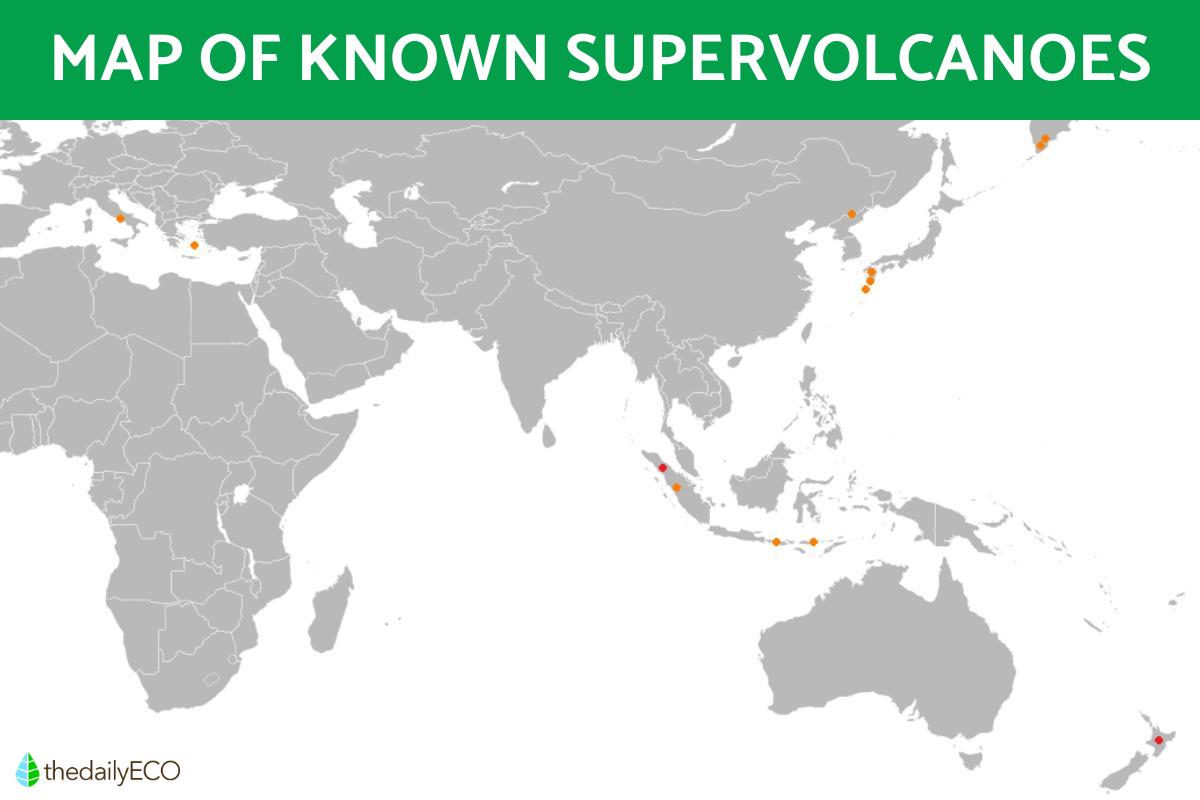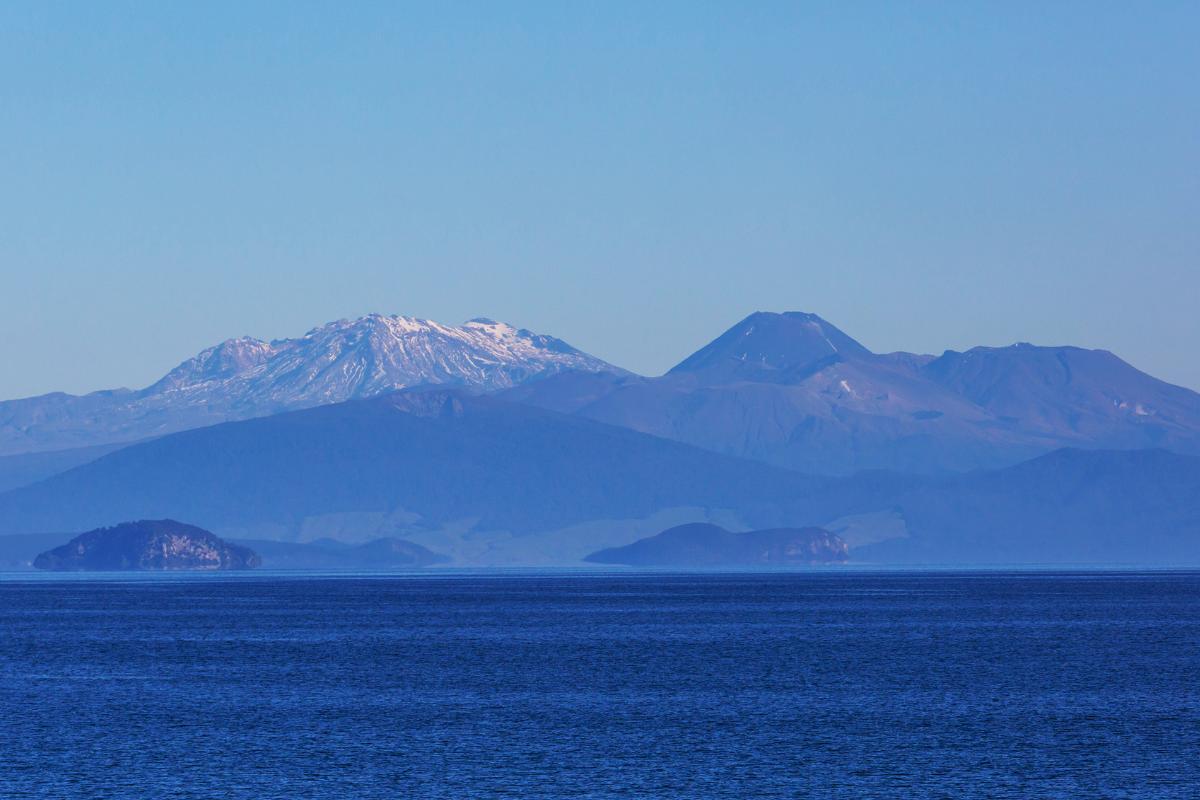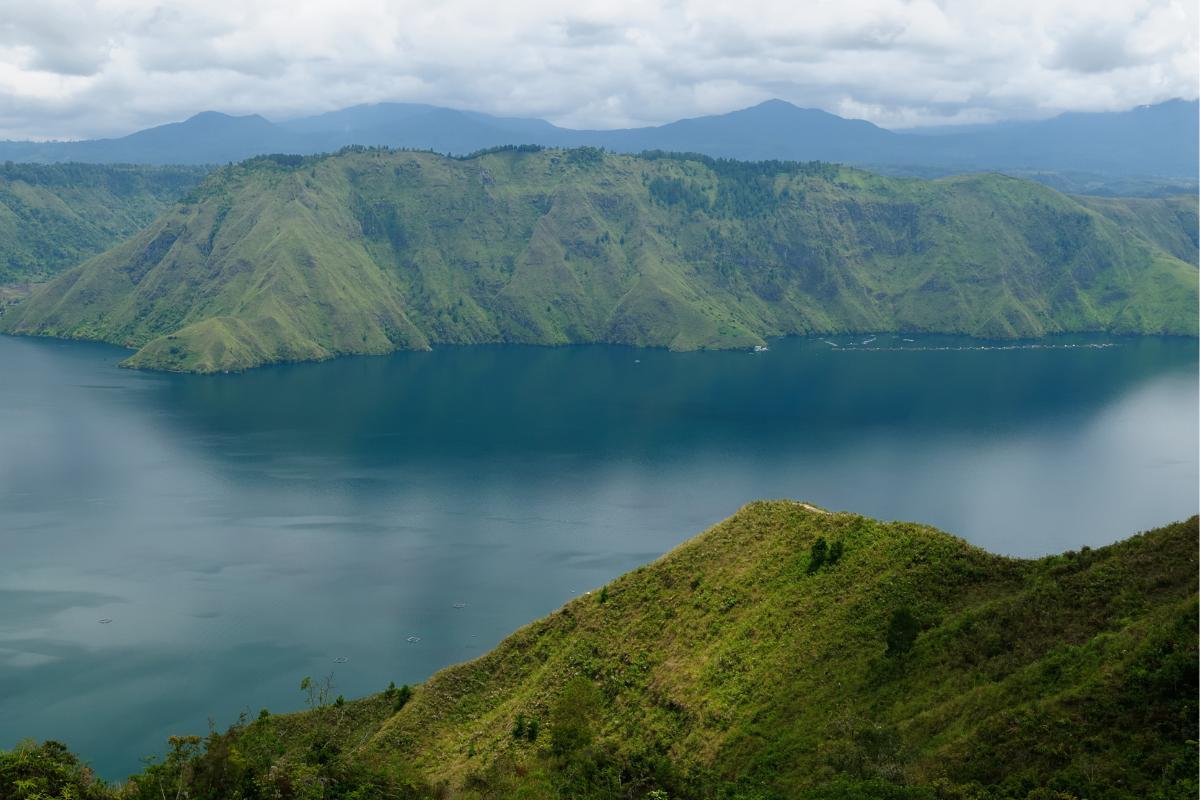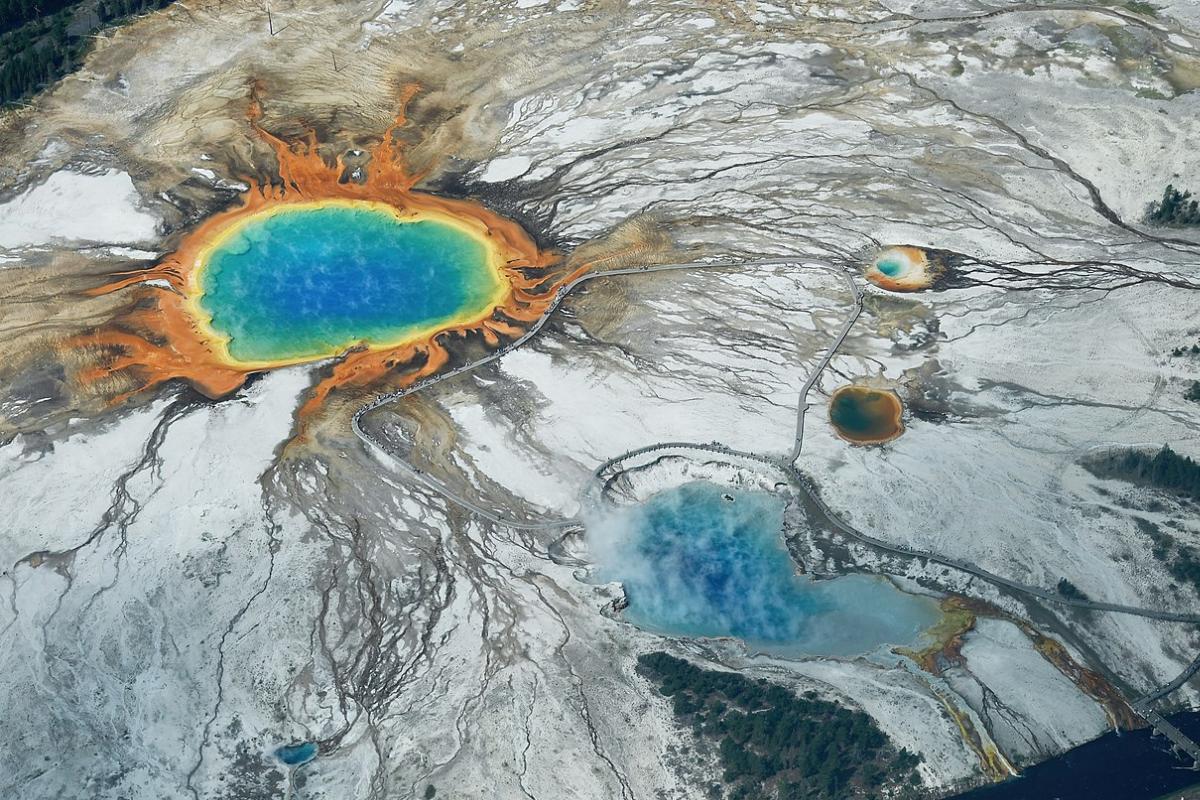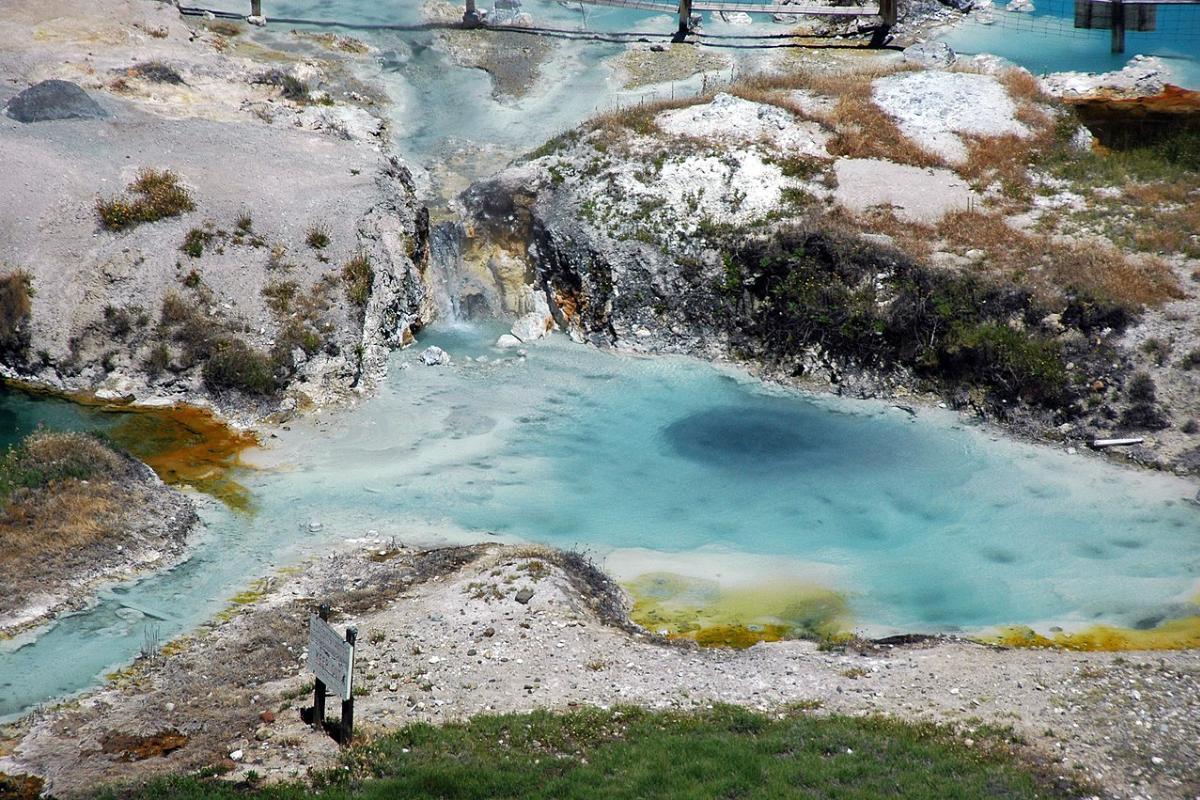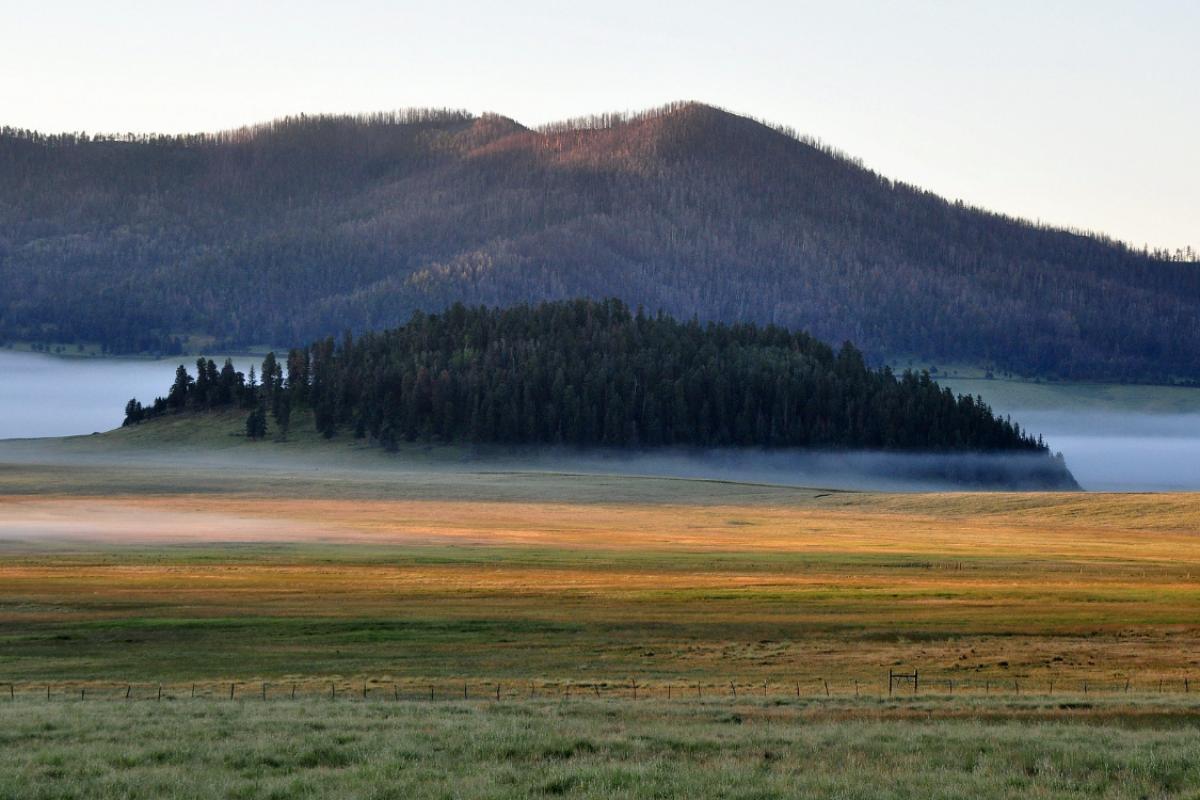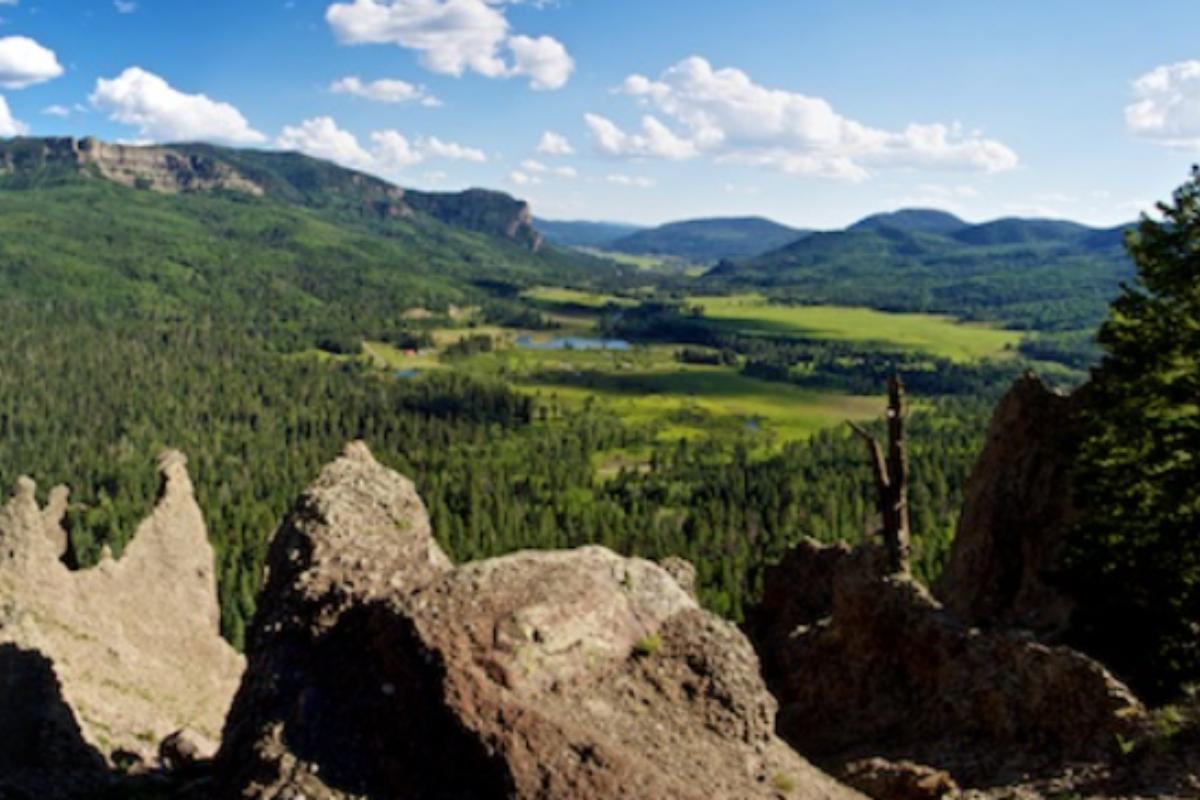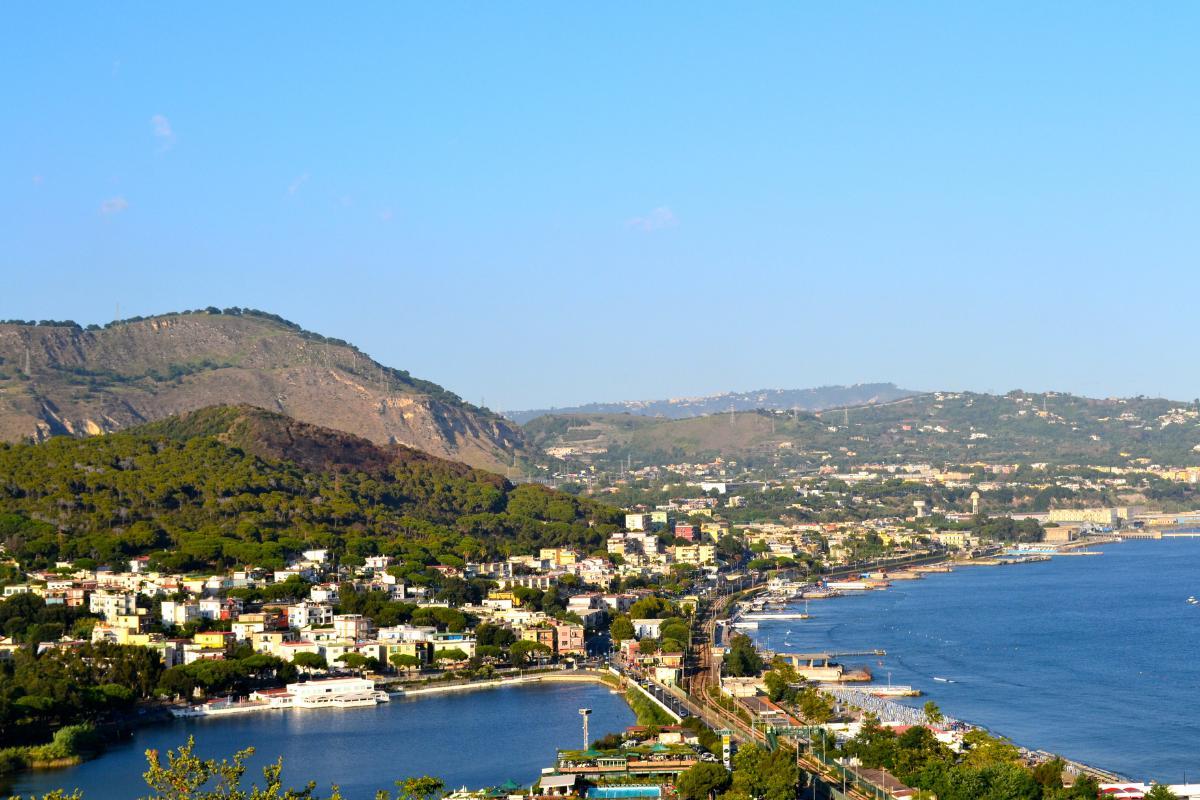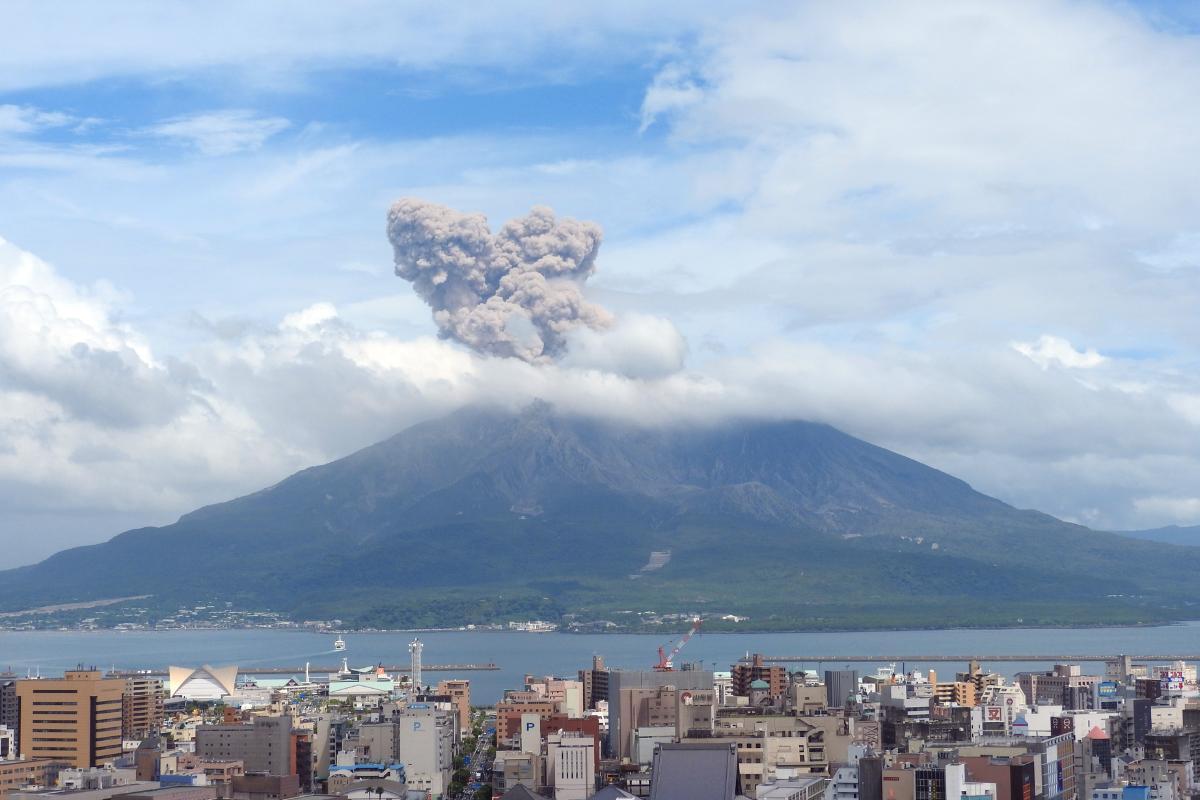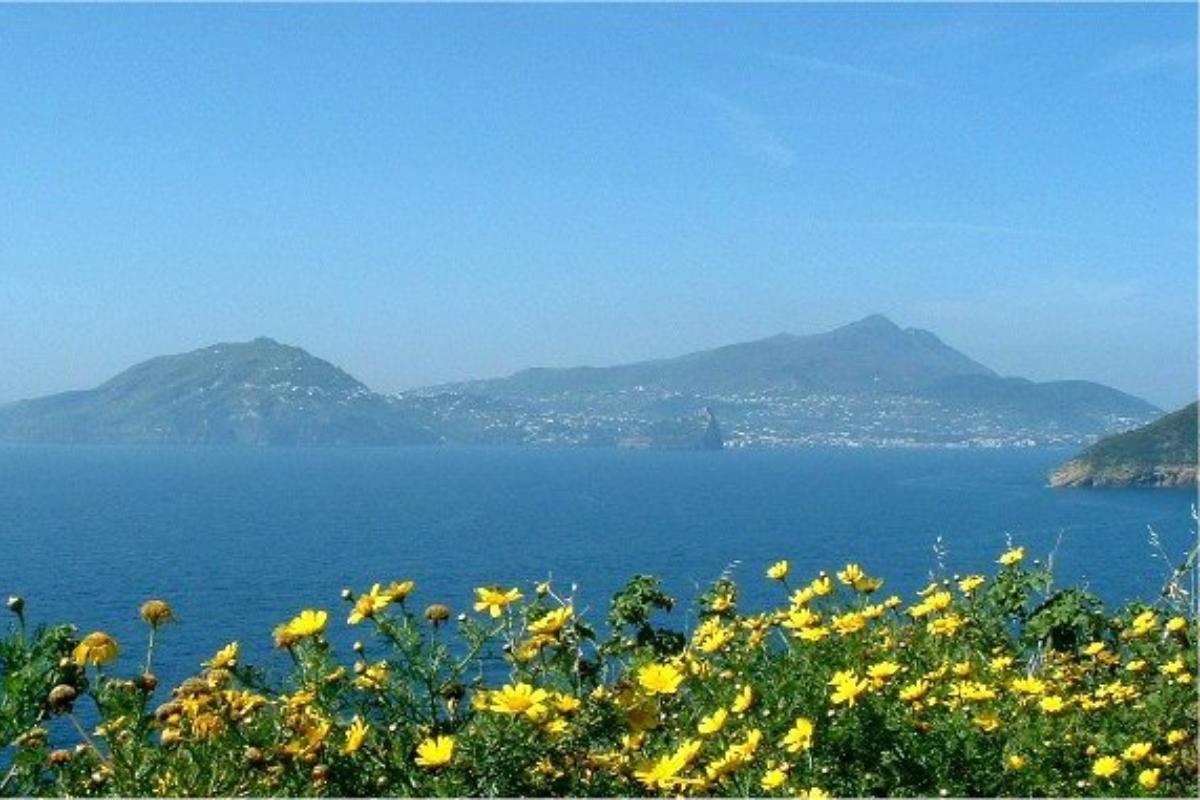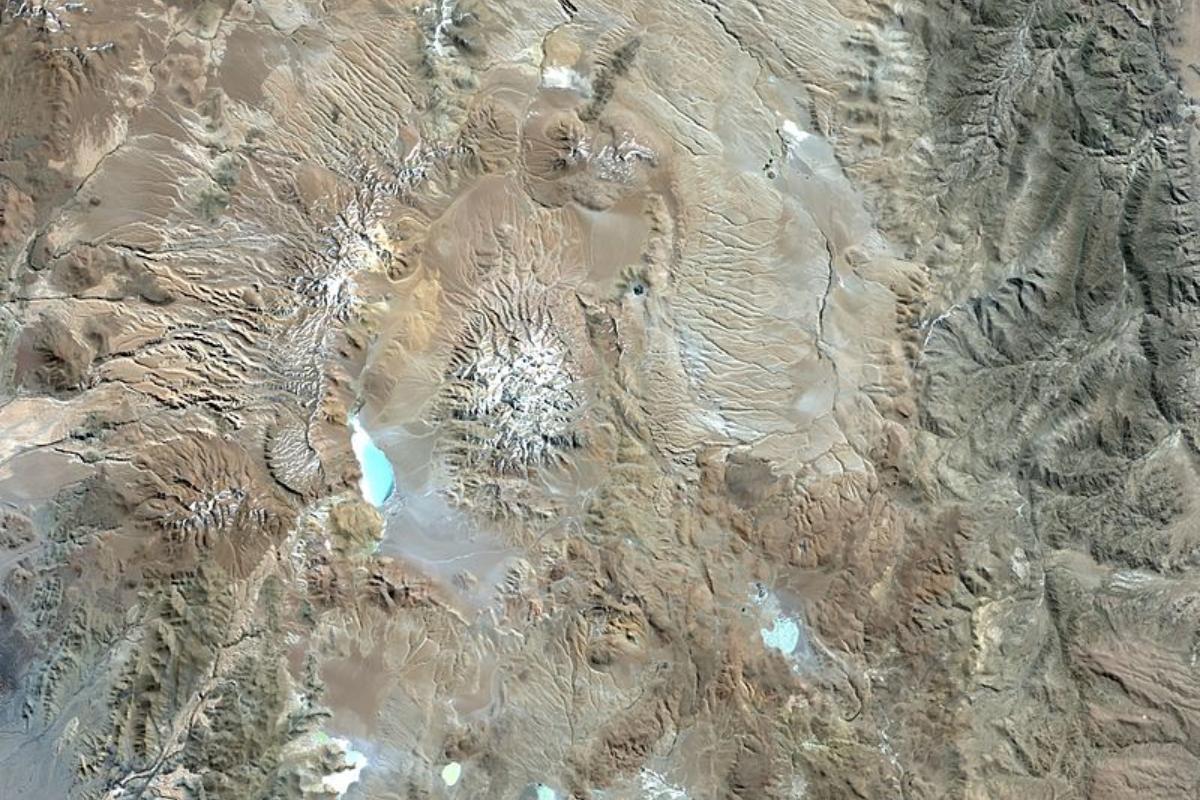What Is a Supervolcano in Geography?


Supervolcanoes are volcanic structures that can produce eruptions of extremely high magnitude. Known as supereruptions, they release more than 1,000 cubic kilometers of volcanic material in a single eruption event. Traditional volcanoes tend to have a localized impact, but supervolcanoes can have significant effects on a global level. They affect climate, biodiversity and human societies. Some examples of supervolcanoes are the Lake Taupo supervolcano in New Zealand and the Toba supervolcano in Indonesia.
In this thedailyECO article, we ask what is a supervolcano in geography? We explain why supereruptions occur and their effects have on both local and global ecosystems, as well as some examples of supervolcanoes throughout history.
- What are supervolcanoes in geography?
- Lake Taupo supervolcano (New Zealand)
- Lake Toba supervolcano (Indonesia)
- Yellowstone Caldera (USA)
- Long Valley Caldera (USA)
- Valles Caldera (USA)
- La Garita Caldera (USA)
- Phlegraean Fields (Italy)
- Aira Caldera (Japan)
- Ischia (Italy)
- Cerro Galán (Argentina)
What are supervolcanoes in geography?
In geography, volcanoes are ruptures in the Earth's surface which lead to a deposit of hot lava underneath. While they can remain dormant, volcanic systems are capable of letting molten lava and accompanying ashes and gases from escaping.
Simply put, supervolcanoes in geography are volcanoes which are able to generate volcanic eruptions of a magnitude much greater than that of normal volcanoes. Traditional volcanoes usually form cone-shaped mountains, but supervolcanoes do not always have such a visible or defined shape. Instead of a volcanic peak, they are usually marked by calderas, cauldron-like depressions in the earth which are created after a massive eruption.
The main characteristic that defines a supervolcano is its ability to release at least 1,000 km3 of volcanic material in a single eruption. Such an eruption is known as a supereruption. For scale, the catastrophic volcanic eruption of Mount St. Helens in 1980 only released about 1 cubic kilometer of material. The eruption of a supervolcano can have catastrophic effects on a global level, affecting the climate, biodiversity and even the geographical landscape itself.
Fortunately, supervolcano eruptions are extremely rare. They occur with a frequency of every hundreds of thousands or even millions of years. We look at examples of supervolcanoes and details of their supereruptions in the sections below.
Learn more about the basic physics of volcanic eruptions with our article on what causes a volcano to erupt?


Lake Taupo supervolcano (New Zealand)
Located on the North Island of New Zealand is Lake Taupo, the location of the most active and studied supervolcanoes in the world. While it appears to be a normal lake, this is actually a huge caldera formed by several massive volcanic eruptions over thousands of years.
The most recent and powerful eruption is known as the Oruanui eruption. It occurred approximately 26,500 years ago and is considered the largest volcanic eruption in the last 70,000 years. The effects of this eruption were so great that volcanic ash was found scattered throughout the southern hemisphere. Currently, the area remains geologically active, making it an important focus for monitoring volcanic activity.

Lake Toba supervolcano (Indonesia)
The Lake Toba is also the caldera of a supervolcano and is located on the island of Sumatra in Indonesia. It is home to one of the largest supervolcanoes on the planet. Approximately 74,000 years ago, the Toba supervolcano staged one of the most colossal eruptions in Earth's known history, releasing enough volcanic material to cover much of Southeast Asia in a thick layer of ash.
The Lake Toba supereruption event is associated with a global drop in temperatures, which may have caused a mini ice age and had a significant impact on early humanity. Today, a large body of water occupies much of the caldera, the reason why it is known as a lake.

Yellowstone Caldera (USA)
The caldera of the Yellowstone supervolcano is located in Yellowstone National Park in the United States. It is possibly the most famous supervolcano in the world. Although its last eruption occurred approximately 640,000 years ago, its potential for future large-scale eruptions remains a global concern.
Previous Yellowstone supereruptions were powerful enough to cover vast areas of North America with ash, significantly affecting global climate. Although it has shown no immediate signs of an imminent eruption, seismic and geothermal activity in the region is continually monitored.
Yellowstone is not only important in geography for its volcanic activity. It is also an area where stromatolites can be found. Learn more with our article explaining what are stromatolites?

Long Valley Caldera (USA)
Also located in California in the United States, Long Valley is another important example of a supervolcano. Formed by a huge eruption about 760,000 years ago, this caldera has an area of about 32 km by 17 km. The eruption that created Long Valley spewed enormous amounts of ash that were scattered throughout the western United States. Although the caldera has been dormant for thousands of years, the region continues to show geothermal activity and earthquakes that suggest it is still geologically alive.
Discover the biggest earthquakes in history with our related guide.

Valles Caldera (USA)
The Valles Caldera is located in the state of New Mexico in the United States and is one of the youngest supervolcano calderas in the country, having formed approximately 1.25 million years ago. This caldera is the result of a massive eruption that released large amounts of volcanic material, giving rise to an extensive valley surrounded by mountains. The caldera is a place of both geological and recreational interest. Although it has been dormant for a long time, its geological history suggests that there could be future volcanic activity in the region.

La Garita Caldera (USA)
La Garita Caldera, located in Colorado, United States, is one of the largest supervolcanoes known in geological history. Formed approximately 28 million years ago, La Garita produced an eruption so colossal that it released more than 5,000 km3 of volcanic material. This supereruption is known as the Fish Canyon eruption, one of the largest ever recorded. It had a significant impact on the global climate of the time. Although the caldera is less active today, its history makes it a key point for the study of supervolcanoes.

Phlegraean Fields (Italy)
The Phlegraean Fields (Campi Flegrei in Italian) are located near Naples, Italy, and are one of the most dangerous supervolcanoes in the world. This is due to their proximity to densely populated areas. This caldera has experienced multiple eruptions over thousands of years, the most significant occurring about 39,000 years ago. Known as the Campanian Ignimbrite eruption, it covered much of the Mediterranean in ash. Today, the region is seismic and geothermal active. It is closely monitored due to the potential risks it poses.

Aira Caldera (Japan)
The Aira Caldera is located in Kagoshima Prefecture, Japan. It is home to the active Sakurajima volcano. This caldera was formed about 22,000 years ago after a huge eruption that left a large depression in the earth. Since then, Sakurajima volcano has been in constant activity, with frequent eruptions affecting local communities. The Aira Caldera is a reminder of the risks associated with living near active supervolcanoes and its constant monitoring is essential for the safety of people living around it.

Ischia (Italy)
Located in the Gulf of Naples, Italy, the island of Ischia is actually the summit of an ancient supervolcano. Although not as well known as other supervolcanoes, Ischia has experienced significant eruptions in the past, the most recent occurring approximately 700 years ago. Ischia is famous for its hot springs and geothermal activity, signs that the underlying volcanic system is still active. Its volcanic history and proximity to Naples make it an area of interest for both science and natural risk management.
Learn more about how some islands are formed with our article on what are submarine volcanoes?

Cerro Galán (Argentina)
The Cerro Galán Caldera is located in the Andes of northwestern Argentina. It is one of the least known, but equally significant supervolcanoes. This caldera was formed approximately 2.2 million years ago, during a supereruption that released enormous volumes of volcanic material, covering large areas of South America with ash. With a diameter of about 35 kilometers, Cerro Galán is one of the largest volcanic calderas in the world.
Now we know what is a supervolcano and some examples of supereruptions throughout history, you may want to learn more about volcanic activity with our article explaining the difference between lava and magma.

If you want to read similar articles to What Is a Supervolcano in Geography?, we recommend you visit our Facts about nature category.
- 7.10: Supervolcanoes. Free Texts Spanish . Available at: https://espanol.libretexts.org/Educacion_Basica/Ciencias_de_la_Tierra/07%3A_Actividad_Geol%C3%B3gica_y_Volcanes/7.10%3A_Supervolcanes
- Casado, A. (June 2, 2015). Volcanic giants. Illustrious Official College of Geologists. Earth and technology . Available at: https://www.icog.es/TyT/index.php/2015/06/gigantes-volcanicos/

